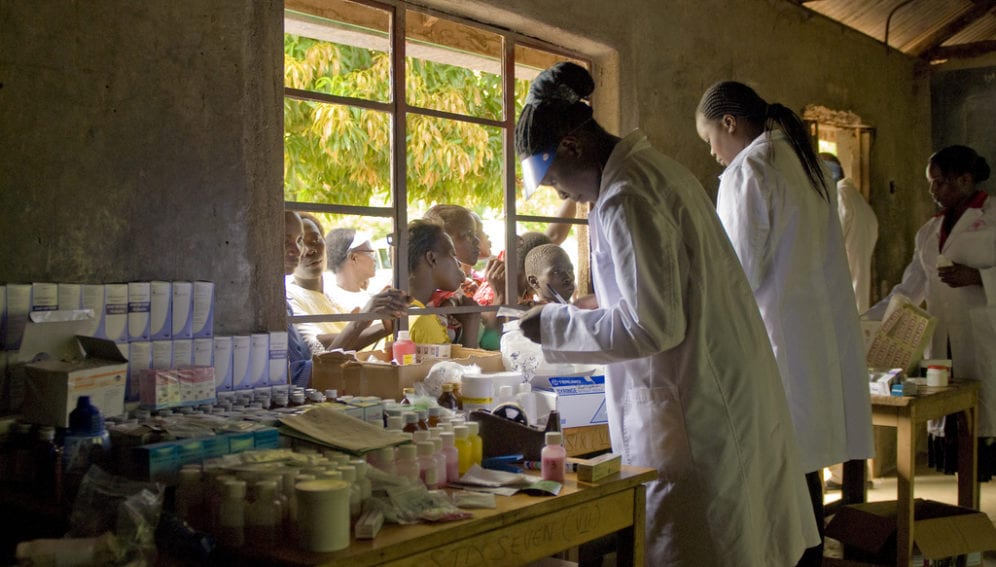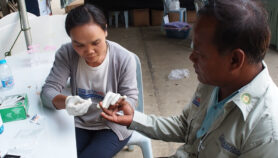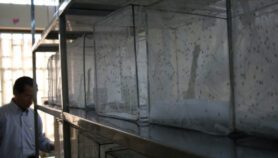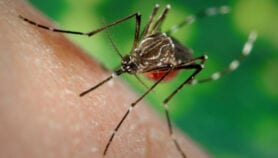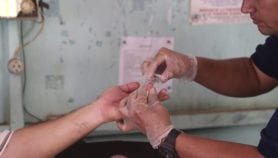By: Talent Ng’andwe
Send to a friend
The details you provide on this page will not be used to send unsolicited email, and will not be sold to a 3rd party. See privacy policy.
[HONG KONG] Rapid diagnostic tests (RDTs) for malaria work just as well as diagnosis by microscopy, according to a study by a nongovernmental organisation working on malaria detection and control.
The findings, published in Malaria Journal earlier this year, may help to boost confidence in RDTs, the diagnostic accuracy of which is believed to be inferior to lab-based microscopy, considered to be the most reliable method of testing for malaria.
Médecins Sans Frontières (MSF), which uses RDTs in its work, carried out the study in its clinics in Rakhine state, Myanmar.
The paper's author, Cara Kosack from MSF Netherlands, says the team conducted tests for two malaria parasites (Plasmodium falciparum and P. vivax) using microscopy and RDTs at two clinics for 14 months. Medical staff in Myanmar had been doubtful about the accuracy of malaria RDTs, she says.
MSF examined a total of 2,585 blood samples from non-pregnant suspected malaria patients using both RDTs and microscopy from October 2010 to December 2011.
They found that RDTs identified people infected with P. falciparum 90.2 per cent of the time, and those infected with P. vivax 79.4 per cent of the time. The tests rightly diagnosed people as not having P. falciparum infection 98.5 per cent of time and P. vivax 98.7 per cent. These aspects of tests are known as sensitivity and specificity.
The results show that RDTs are adequate for use in locations where high-quality microscopy is not available, says Kosack.
The Foundation for Innovative Diagnostics, a non-profit organisation which aids the development of diagnostic products for developing countries, agreed that malaria RDTs can provide a rapid and reliable diagnosis where microscopy is not practical.
However, David Sullivan, associate professor at the US-based Johns Hopkins Malaria Research Institute at the Bloomberg School of Public Health, says there is no perfect malaria test and that RDTs have reached their maximum sensitivity based on the current technology.
"We still need more sensitive malaria diagnostics. RDTs offer many advantages over microscopy but they are not ideal as seen in this paper," Sullivan said. "More sensitive and specific user-friendly malaria test platforms are required."
Link to full paper in Malaria Journal
This article has been produced by SciDev.Net's South-East Asia & Pacific desk.
References
Malaria Journal doi:10.1186/1475-2875-12-167 (2013)


